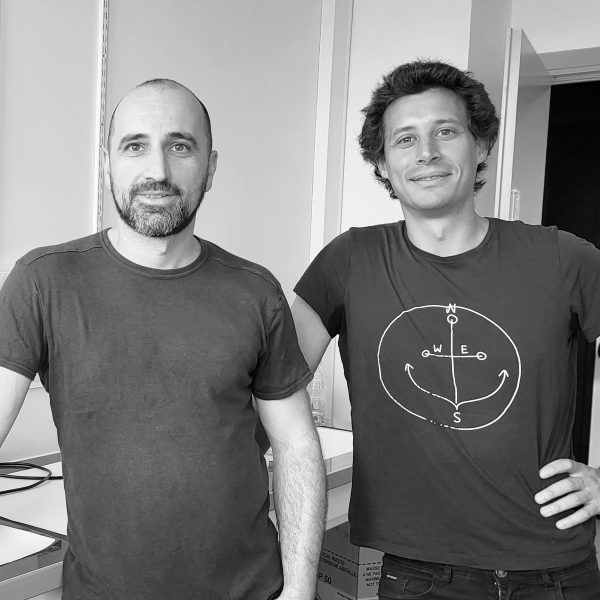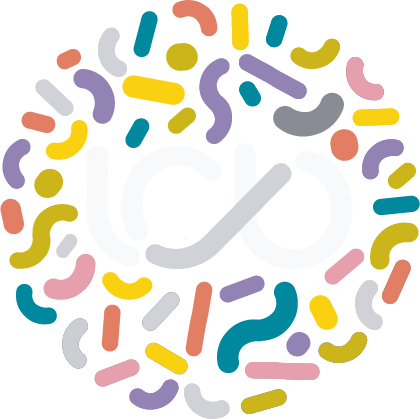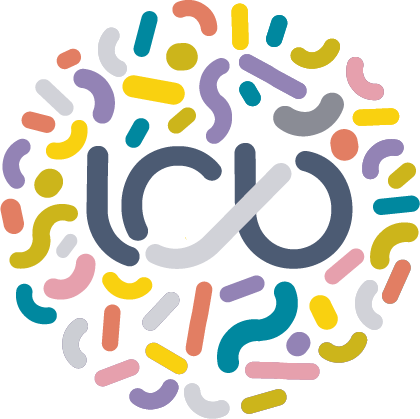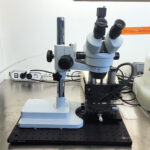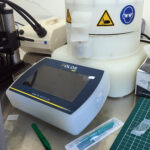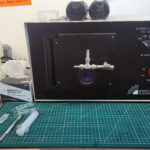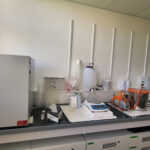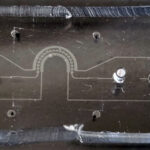Microfluidics
Welcome to the LCB’s microfluidic chip shop!
Gear
- a plasma cleaner (Harrick wide chamber).
- a spin coater (POLOS)
- multilayer PDMS station for alignment (homemade)
- hot plates
- PDMS and NOA station (desiccation and 65° oven)
- 2 meters of dust free lab bench (Initio Shop)
Aim
Researchers develop microfluidic chips to observe cells’ behavior in controlled and transparent environments. Whether one wants to mimic the natural environments of the cells, such as the soils, or investigate the reaction of cells to a ROS stress in a so called mother machine for instance, microfluidics allows researchers to fine tune the cells’ environments which be monitored live under the lens of a microscope.
Workflow
The fabrication of a microfluidics chip is a two step process. First, a mold must be fabricated in a real clean room (PLANETE platform of the CINaM, on Luminiy’s campus). A hard, Silicium and SU-8 mold is obtained by photolithography. Once the mold arrives in the LCB it comes to the microfluidic chip shop, which is a moderately clean environment. Researchers can then cast a soft polymer (PDMS) on it to obtain a soft inprint, which after piercing and bonding on regular glass slide, becomes a microfluidic chip.
Schedule
Facility can be booked here. Rule of thumb is Mon-Tue-Wed are reserved for the Wu team, and Thu-Fri is bookable by the rest of the lab, but this is flexible.
Pierre Bohec can usually be found in the shop (N228) on tuesdays.
Clean up half hours are Wednesday noon (Wu team) and Friday noon (other teams).
Actors
Our contacts at the PLANETE – CINaM facility are Igor Ozerov and Frederic Bedu.
Pierre Bohec (research engineer at Centuri) is the liaison between the CINaM and the LCB. Together with prof. Waisbord, they equipped the microfluidics chip shop.
This facility was funded by the A*MIDEX chair of excellence of Nicolas Waisbord, in the Wu team and is currently hosted in their lab, on the second floor (N228). It was equipped under the guidance of Pierre Bohec, research engineer at Centuri.
